In the days before modern medicine, catching plague, smallpox, leprosy, or tuberculosis could prove a death sentence, or leave a sufferer with lifelong complications. Across the United Kingdom and the United States, communities came up with a solution to halt the spread of disease: the pest house.
These small dwellings, some used into the 20th century, were where people suffering from contagious diseases could stay while they were traveling or if they needed to be isolated from their communities. Usually, they only had basic amenities, and towns typically situated them far away from the main settlement.
Odiham’s pest house dates from the early 1620s, and stands in the Church of All Saints churchyard. A local gentleman, Julian Smith, originally funded the building as a house for those suffering from extreme poverty. But smallpox was rife in Odiham in the 1700s, making a pest house a necessary evil. It seems likely that the afflicted lived housed in the pest house until they either recovered or died. Records of the time refer to burials near the “old Pest House.”
Despite the construction of a new pest house on the outskirts of town in 1781, the “old” pest house, which had reverted to its original use of housing the parish poor, was continuously in use over the centuries and has survived to the present day, the last occupant leaving in 1930. Now, the small building is one of the five remaining pest houses left in the United Kingdom.
The dimensions of the building are tiny, and the interior consists of a single room. In the past, it also included a sleeping loft. The Pest House was restored by the Odiham Society in 1981, and now serves as a Heritage Centre.
Know Before You Go
The Heritage Centre in the pest house is open from 10am to 4 pm on weekends. To visit, go through the gate from the churchyard. For access at times other than the weekend, a key is available to borrow from the shop "Odiham Cards" in the High Street.

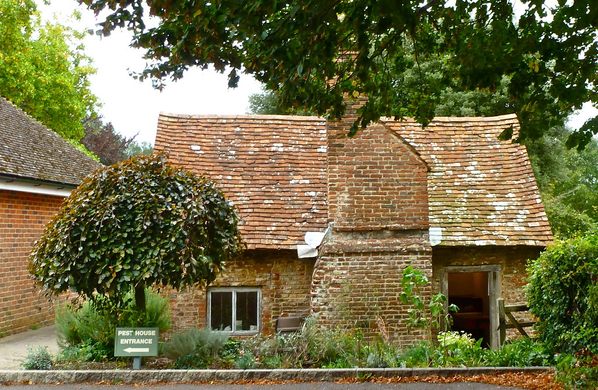


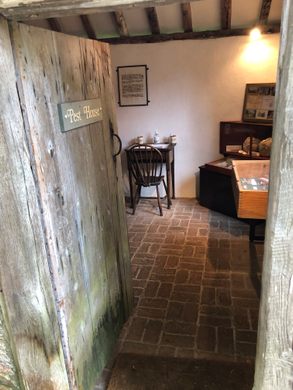
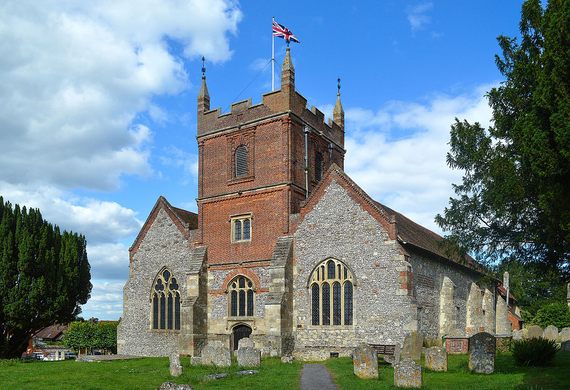


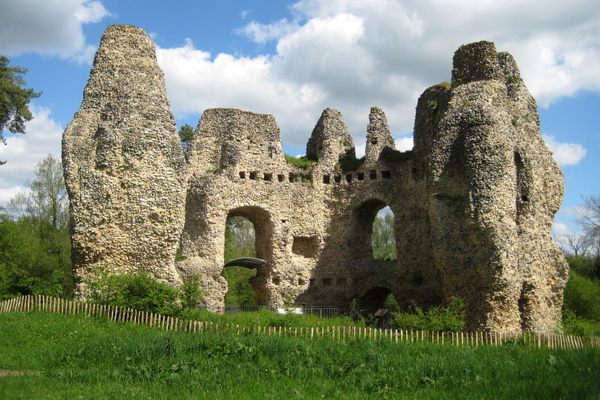
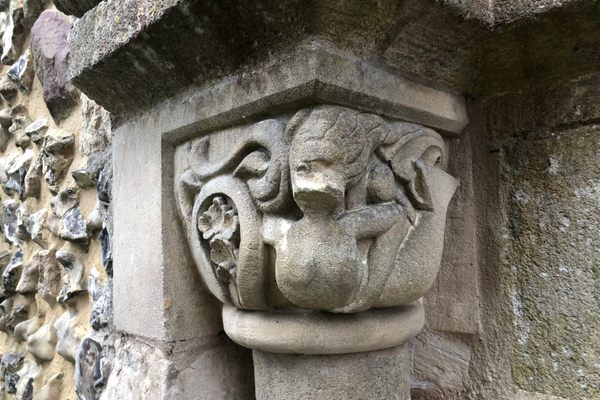






Follow us on Twitter to get the latest on the world's hidden wonders.
Like us on Facebook to get the latest on the world's hidden wonders.
Follow us on Twitter Like us on Facebook